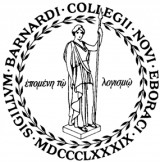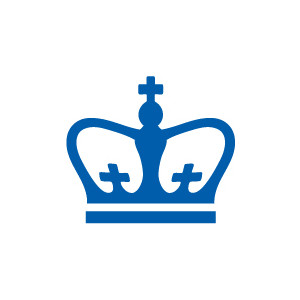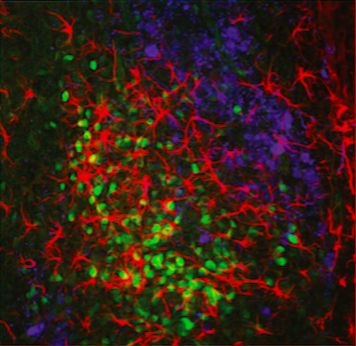
THE SILVER LAB



 Circadian Rhythm
Circadian Rhythm
All organisms have internal biological clocks which serve to recognize local time of day and to temporally organize behavioral and physiological functions. Circadian rhythms continue to oscillate within an approximate 24 hour period in the absence of external cues, although ordinarily these rhythms are synchronized to the day-night cycle. The functional components of the "biological clock" include an input pathway that synchronizes to the environment, a pacemaker that generates the oscillation, and output pathways that control overt rhythms. The circadian system has marked implications for shift work and jet lag. Research in the lab uses neural tissue transplants and a variety of anatomical techniques to study this system. Currently, we are studying the peptidergic network of the Suprachiasmatic Nucleus (SCN).